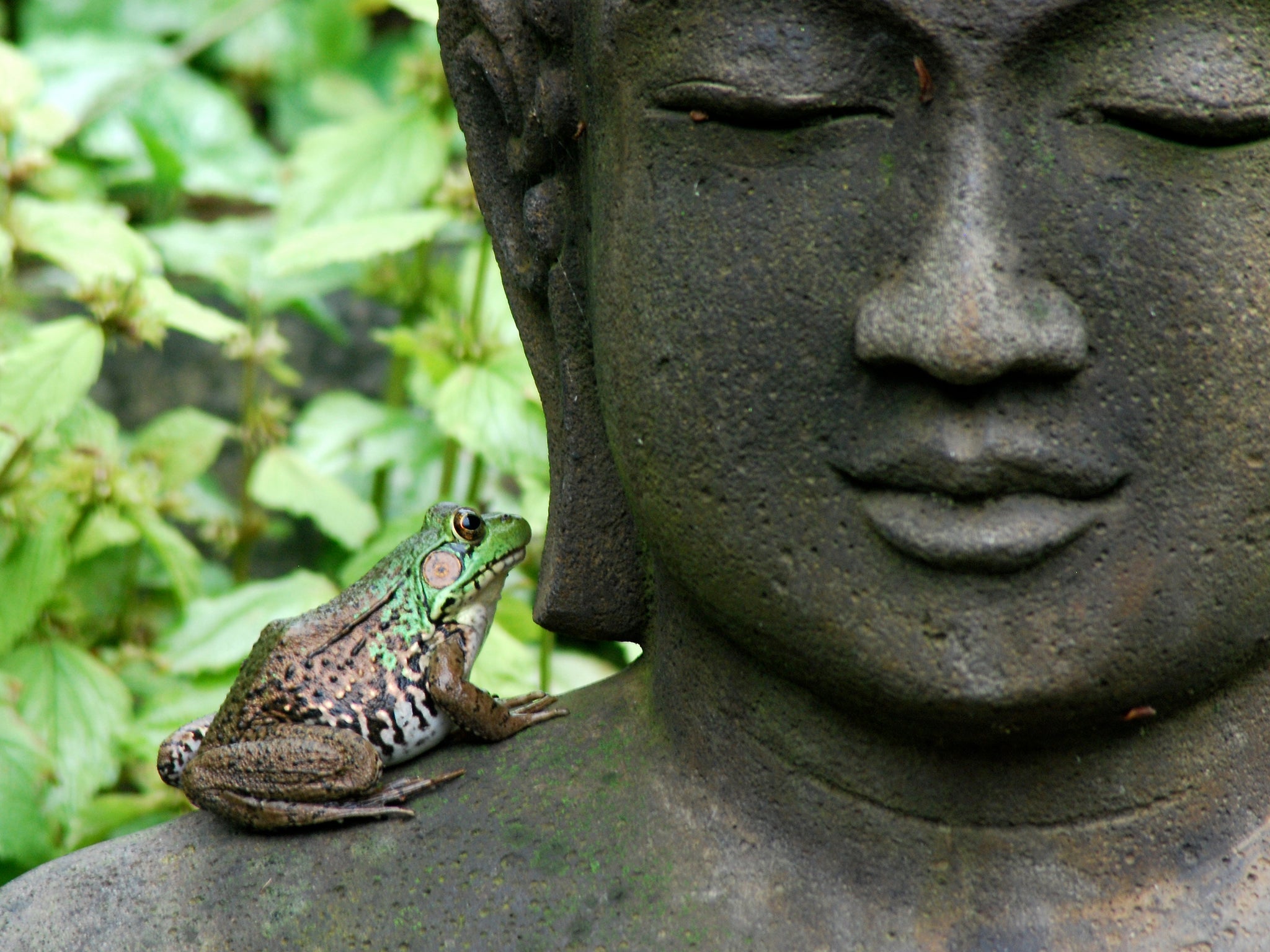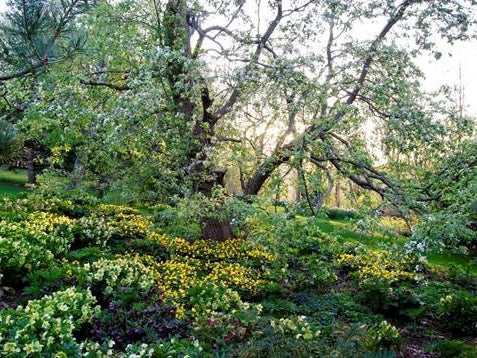The evolution of gardening and the gardener
Maturity creeps up on you – in trees, in the garden, in life. Year to year, the changes seem slight. Cumulatively, they are enormous. Adrian Higgins believes the same might be said of the world of gardening itself

Sometimes the long-distance gardener looks out the window and notices that the maple tree he planted as a six-foot sapling 21 years ago has become a shade tree 25-feet tall and 20 across.
Maturity creeps up on you – in trees, in the garden, in life. Year to year, the changes seem slight. Cumulatively, they are enormous.
The same might be said of the world of gardening itself.
I was chatting about this the other day with another horticultural scribe, Margaret Roach, and was glad to hear that, like me, she has thought a lot about the journey through the garden’s fourth dimension, time. Over several decades, we have seen marked shifts in plant palettes, tastes and, most importantly, philosophies.
Since the 1990s, for example, we have turned from ornamental to ecologically minded gardening – to landscapes where native plants play a larger role, and where gardeners seek to provide refuge and sustenance to pollinating insects and other wildlife. Despite this movement, the world of gardening has never been more multifaceted, it seems, with positive trends in passions for succulents, houseplants, tropicals, organic growing and heirloom vegetables, and all the rest.
Weather and climate patterns have changed, too, along with pests and diseases that have materially altered what we grow. Ornamental plants once considered vigorous and flattering of the gardener turned out to be thugs or wild invaders.
Another transformation is how a longtime gardener has changed over the years. This is an interior evolution, inherently veiled, perhaps even to oneself.
Plants that were trendy at the time have become old hat or disappeared. Whither the Japanese snowbell tree, or the Arnold Promise witch hazel or sedum Autumn Joy?
Roach thinks of the “it plants” she excitedly installed that would not be welcomed today. The houttuynia Chameleon, a leafy ground cover, is impossible to remove, much like equisetum, and both go wild in wet soils. She planted lamiastrum as a ground cover; it also doesn’t know where to stop. The doublefile viburnum, from China, was once considered the choicest of all viburnums but now is showing up in natural areas and on invasive plant blacklists.
Roach is singularly well placed to reflect on these changes. Twenty-one years ago, she wrote a book, A Way to Garden, that combined practical aspects of gardening with its more metaphysical rewards. Her laboratory was her two-plus-acre property in the Hudson Valley, New York state. At the time, she also had a high-pressure post in the New York publishing world, as editorial director of Martha Stewart‘s Living magazine. She worked high in a skyscraper with a staff of dozens.
She left that behind 11 years ago, decamped full time to her garden and has developed A Way to Garden as a brand of sorts, with a website, blog and radio show. She has revamped her book, and its reworking inevitably tracks the changes in her gardening outlook.
She painted herself – too modestly – as a neophyte when the first edition came out, but her examination of the temporal space between the old and new Roach illustrates that gardening is a journey and not a destination. It is something you do and something you live, not something you have.
This may seem obvious, but when I asked her about her formative years, I could see a mirror image of my own self in her pained experiences.

The 1980s and 1990s were decades when books and glossy magazines trumpeted the English herbaceous border, colour-coordinated, very photogenic and impossibly demanding.
Young, driven to perfection and wanting to make a mark, you set yourself up for disappointment. We were too impatient for effect, not sufficiently comprehending of the purpose of gardening, and inevitably way too hard on ourselves when things flopped.
“I would run up here from the city at weekends,” she said. “I had to do this, I had to do that and it was never good enough. I could barely walk up the stairs after a day’s gardening. Nothing ever looked like the beautiful pictures in the garden books of the day.”
Now her expanse of lawn, at its edges, is allowed to revert to a meadow, and she finds delight in simple chores and observations, in finding a caterpillar disguised as a twig, and she loves to weed.
“I have my best thoughts weeding,” she told me, “and I know their biology. I like that I would never [have] thought I would be a girl who loves knowing her weeds by name, but I do.”
The other aspect of Roach’s gardening story is that she made a conscious decision to walk away from a high-pressure career and reset everything, even if it was just in time for the Great Recession.
“When I was in my early 50s, I said, ‘Margaret, you don’t know how much time you have.’ There were some economic surprises, but other than that I haven’t had a day when I wasn’t happy to wake up and look out the window and know where I was,” she said.
Gardening tip:
Tomato transplants should not be planted until the end of the month, when soil and nighttime temperatures have warmed sufficiently. They should be hardened off by placing them outdoors during the day and taking them in at night, for at least a week. Keep them sheltered from wind, heavy rain and hail.

© Washington Post
Join our commenting forum
Join thought-provoking conversations, follow other Independent readers and see their replies
Comments
Bookmark popover
Removed from bookmarks